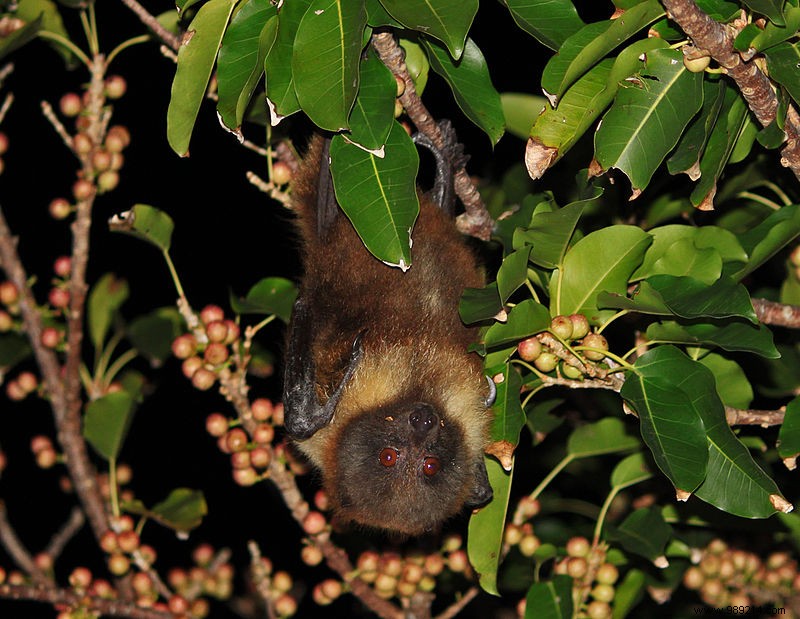Between 2012 and 2019, an unknown bacterial disease affected New Caledonia. However, the fifteen people infected (4 deaths) all had in common to have been in contact with bats. A local study group is trying to learn more about this disease.
Since the beginning of the Covid-19 epidemic, the most commented animal is undoubtedly the bat. It is true that bats and coronaviruses are at the heart of an association that is not new. Recent research has confirmed the fact that only two major families of bats harbor nearly 50% of known coronaviruses!
As Ouest France explains in an article of May 22, 2020, the Pacific Fund of the French Ministry of Foreign Affairs released aid of 25,000 euros for a multidisciplinary group based in New Caledonia. The goal? Studying a new disease related to bats that hit the region between 2012 and 2019.
Fifteen people had fever, blood disorders and lost weight. Their spleen had also enlarged. In 2017, the Center Hospitalier Territorial de Magenta (New Caledonia) sent samples at the Institut Hospitalo-Universitaire de Marseille (IHU) directed by the now famous Didier Raoult.

According to the results, the researchers identified a bacterium named Mycoplasma haemohominis . However, this had previously been found in several fruit bats (bats) by the same Marseilles institute. The disease that struck New Caledonia was baptized haemolytic fever .
Let's remember that the fruit bat is a very popular animal in this region and embodies a highly sought-after game animal. However, the people affected by this new disease had been in contact with these animals (via hunting in particular) or had consumed them about three weeks before the onset of symptoms.
Furthermore, while Center Hospitalier Territorial de Magenta has indeed developed a diagnostic test (PCR) to detect the bacteria, the researchers do not want to stop there. Indeed, it is now a question of learning more about the modes of transmission . In addition, New Caledonian researchers want to carry out work in other parts of the Pacific where the fruit bat is also present, i.e. Vanuatu as well as Wallis and Futuna. Indeed, other reservoirs of this bacterium could be observed. In the end, the team will bring together no less than 200 fruit bats in order to conduct many tests.